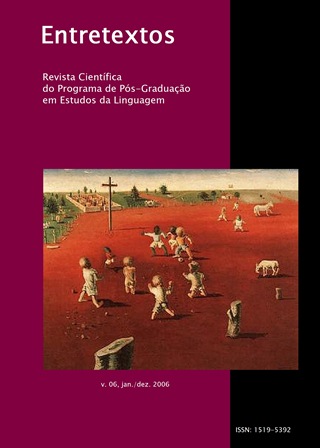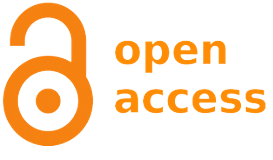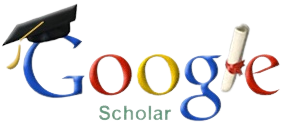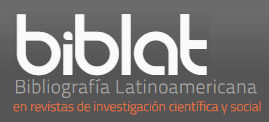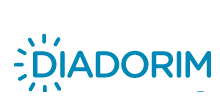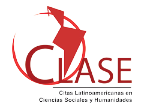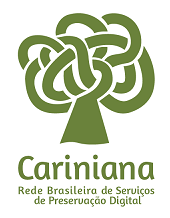The age factor and the foreign language learning process
DOI:
https://doi.org/10.5433/1519-5392.2006v6n1p32Keywords:
Teaching And Learning, Foreign Language, AgeAbstract
Most people believe children are better learners of a foreign language and that they overcome adults in various aspects when it comes to this process. These aspects vary going from pronunciation to the total linguistic competence in the target language. The main purpose of this paperwork is to present what various researchers say about the age factor, building some considerations about the difference in the learning process between children and adults. Some empirical studies concerning this matter will be presented. Finally, we will discuss beliefs that some students from a State University from the north of Paraná (Brazil) and the professors have about this subject, based on answers given in some questionnaires.Downloads
References
BROWN, H. D. Teaching by Principles. An Interactive Approach to Language Pedagogy. Longman, 2001.
COOK, V. Second Language Learning and Language Teaching. 1997.
FLEGE, J. E. A Critical Period for Learning to Pronounce Foreign Languages? Applied Linguisticsv. 8n .2, p.162-177, 1987.
KRASHEN, S. D.; TERRELL, T. D. The Natural Approach. Language Acquisition in the Classroom. 1983.
LIGHTBOWN, P. M.; SPADA, N. How Languages Are Learned. Oxford University Press. 1998.
OLIVER, R. Age Differences in Negotiation and Feedback in Classroom and Pairwork. Language Learning, v. 50, n.1, p. 19 – 151, 2000. DOI:10.1111/0023-8333.00113
PATKOWSKI, M. Age and Accent in a Second Language: A reply to James Emil Flege. Applied Linguistics, v. 11, 1990.
SCARCELLA, R.C.; HIGA, C. Input, Negotiation and Age Differences in Second Language Acquisition. Language Learning, v. 31, n. 2, p. 409-435, 1981.
SPOLSKY, B. Conditions for Second Language Learning. Oxford University Press. 1990
Downloads
Published
How to Cite
Issue
Section
License
Entretextos adota a Licença Creative Commons Attribution 4.0 International, portanto, os direitos autorais relativos aos artigos publicados são do/s autor/es.
Sob essa licença é possível: Compartilhar - copiar e redistribuir o material em qualquer suporte ou formato. Adaptar - remixar, transformar, e criar a partir do material, atribuindo o devido crédito e prover um link para a licença e indicar se mudanças foram feitas.

